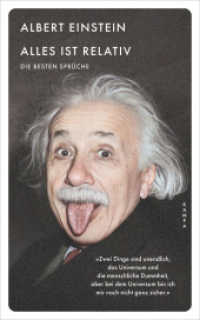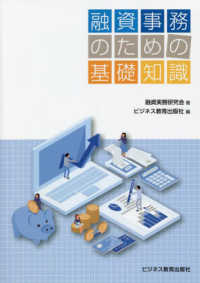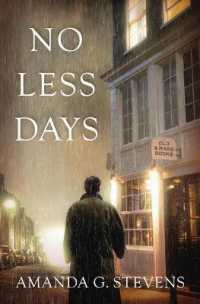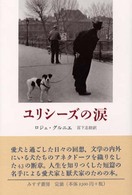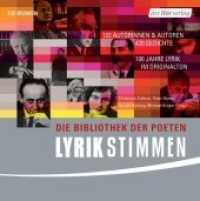- ホーム
- > 洋書
- > 英文書
- > History / World
基本説明
This long-awaited new textbook explores how medieval Christendom responded to the unprecedented natural, social, economic, religious and political crises of the fourteenth and fifteenth centuries.
Full Description
This exciting new textbook offers a sweeping survey of Europe in the later Middle Ages, examining a period of huge crisis, conflict and religious change.The Body Broken takes a thematic approach to the period 1300- 1520, covering everything from the Black Death and the Reformation to the Peasant's Revolt and the Renaissance. This indispensible volume draws on a large body of new and revisionist scholarship, covering all of the key areas, including:Society and the Economy- disaster and demography; individuals, families, and community; trade, technology, exploration and new discoveriesPolitics- government and the state; war; changes in political geographyReligion- the institutional Church; Catholicism and dissenting beliefs and practices; divided faithCulture- schooling and intellectual developments; language, literacy and the artsExamining late Medieval Europe in the context of its place within global history, and complete with maps, tables, illustrations, chronology, and an annotated bibliography, this book is the complete authoritative student's guide to Europe in the later Middle Ages.
Contents
List of plates. List of maps. List of tables and figures. Preface. Acknowledgements. Introduction 'Hoc est corpus meum': the transfiguration of Europe's mystical body An anatomy of Europe c. 1300 Late medieval and Renaissance: the tyranny of terminology? Part I: Social and Economic Change 1. The demography of disaster 2. Individuals, families and communities 3. Trade, technology and exploration Part II: Political Developments 4. The theory and ideology of government 5. The lineaments and limits of state power 6. Waging war and keeping the peace 7. Latin Christendom and its neighbours Part III: Religion and Devotion 8. The Bride of Christ: the institutional Church 9. Devotion: Catholic beliefs and practices 10. Dissent and difference Part IV: Cultural Change 11. Schools and schooling 12. Intellectual developments: later scholasticism and humanism 13. Language, literacy, and book production 14. Art, architecture and music Conclusion: A New Europe? Transformations and continuities. Europe and the world. Chronology. Genealogies

